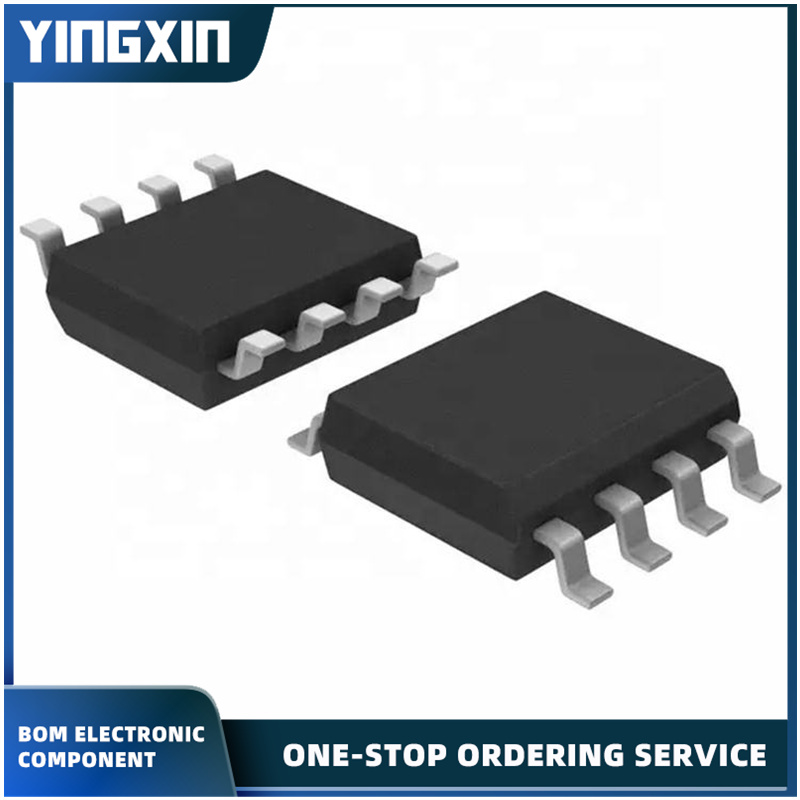Accelerometer integrated circuits have revolutionized the way we interact with technology, enabling a wide range of applications across various industries. These tiny yet powerful devices are capable of measuring acceleration and tilt, providing valuable data that can be utilized in countless ways. From enhancing the functionality of smartphones to enabling advanced motion sensing in gaming consoles, the impact of accelerometer integrated circuits is truly remarkable.
One of the key features of accelerometer integrated circuits is their ability to accurately measure acceleration in multiple axes. This capability makes them invaluable in applications such as automotive safety systems, where they can detect sudden changes in velocity and trigger airbag deployment to protect occupants in the event of a collision. In addition, these devices play a crucial role in inertial navigation systems, enabling precise tracking of movement in aircraft, spacecraft, and other vehicles.
The versatility of accelerometer integrated circuits extends beyond traditional motion sensing applications. In the realm of wearable technology, these devices are instrumental in tracking physical activity and monitoring health metrics. From fitness trackers to smartwatches, accelerometer integrated circuits enable the seamless monitoring of steps taken, distance traveled, and even sleep patterns. This data not only empowers individuals to make informed decisions about their health and wellness but also provides valuable insights for healthcare professionals and researchers.
Furthermore, the integration of accelerometer circuits in industrial equipment and machinery has led to significant advancements in predictive maintenance and condition monitoring. By detecting vibrations and changes in motion, these devices can help identify potential issues before they escalate into costly failures, ultimately improving the reliability and efficiency of critical assets.
In the realm of consumer electronics, accelerometer integrated circuits have become ubiquitous, enabling a wide array of innovative features in smartphones, tablets, and gaming devices. From screen orientation detection to gesture recognition, these devices enhance user experiences and open up new possibilities for interaction with digital devices. Additionally, the integration of accelerometer circuits in virtual reality and augmented reality systems enables immersive and responsive experiences that blur the lines between the physical and digital worlds.
The continuous evolution of accelerometer integrated circuits has also paved the way for advancements in robotics and autonomous systems. By providing real-time feedback on movement and orientation, these devices are instrumental in enabling robots to navigate and interact with their environment with precision and agility. From robotic vacuum cleaners to unmanned aerial vehicles, accelerometer integrated circuits are driving the development of intelligent and autonomous machines.
In conclusion, the impact of accelerometer integrated circuits spans across a diverse range of industries and applications, showcasing their versatility and significance in the realm of technology. As these devices continue to evolve and improve, their potential to drive innovation and enable new capabilities is boundless. Whether it’s enhancing the functionality of consumer electronics, improving safety in transportation, or enabling advancements in healthcare and robotics, accelerometer integrated circuits are truly at the forefront of technological progress.
Post time: Apr-12-2024

